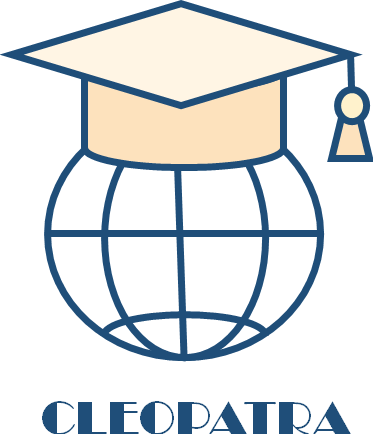|
so:text
|
The destruction of the Armenian race in 1915 involved certain difficulties that had not impeded the operations of the Turks in the massacres of 1895 and other years. In these earlier periods the Armenian men had possessed little power or means of resistance. In those days Armenians had not been permitted to have military training, to serve in the Turkish army, or to possess arms. As I have already said, these discriminations were withdrawn when the revolutionists obtained the upper hand in 1908. Not only were the Christians now permitted to bear arms, but the authorities, in the full flush of their enthusiasm for freedom and equality, encouraged them to do so. In the early part of 1915, therefore, every Turkish city contained thousands of Armenians who had been trained as soldiers and who were supplied with rifles, pistols, and other weapons of defense. The operations at Van once more disclosed that these men could use their weapons to good advantage. It was thus apparent that an Armenian massacre this time would generally assume more the character of warfare than those wholesale butcheries of defenseless men and women which the Turks had always found so congenial. If this plan of murdering a race were to succeed, two preliminary steps would therefore have to be taken: it would be necessary to render all Armenian soldiers powerless and to deprive of their arms the Armenians in every city and town. Before Armenia could be slaughtered, Armenia must be made defenseless. In the early part of 1915, the Armenian soldiers in the Turkish army were reduced to a new status. Up to that time most of them had been combatants, but now they were all stripped of their arms and transformed into workmen. … In almost all cases the procedure was the same. Here and there squads of 50 or 100 men would be taken, bound together in groups of four, and then marched out to a secluded spot a short distance from the village. Suddenly the sound of rifle shots would fill the air, and the Turkish soldiers who had acted as the escort would sullenly return to camp. Those sent to bury the bodies would find them almost invariably stark naked, for, as usual, the Turks had stolen all their clothes. In cases that came to my attention, the murderers had added a refinement to their victims' sufferings by compelling them to dig their graves before being shot. … Dreadful as were these massacres of unarmed soldiers, they were mercy and justice themselves when compared with the treatment which was now visited upon those Armenians who were suspected of concealing arms. Naturally the Christians became alarmed when placards were posted in the villages and cities ordering everybody to bring their arms to headquarters. Although this order applied to all citizens, the Armenians well understood what the result would be, should they be left defenseless while their Moslem neighbours were permitted to retain their arms. In many cases, however, the persecuted people patiently obeyed the command; and then the Turkish officials almost joyfully seized their rifles as evidence that a "revolution" was being planned and threw their victims into prison on a charge of treason. Thousands failed to deliver arms simply because they had none to deliver, while an even greater number tenaciously refused to give them up, not because they were plotting an uprising, but because they proposed to defend their own lives and their women's honour against the outrages which they knew were being planned. The punishment inflicted upon these recalcitrants forms one of the most hideous chapters of modern history. … Nothing was sacred to the Turkish gendarmes; under the plea of searching for hidden arms, they ransacked churches, treated the altars and sacred utensils with the utmost indignity, and even held mock ceremonies in imitation of the Christian sacraments. They would beat the priests into insensibility, under the pretense that they were the centres of sedition. When they could discover no weapons in the churches, they would sometimes arm the bishops and priests with guns, pistols, and swords, then try them before courts-martial for possessing weapons against the law, and march them in this condition through the streets, merely to arouse the fanatical wrath of the mobs. As a preliminary to the searches everywhere, the strong men of the villages and towns were arrested and taken to prison. Their tormentors here would exercise the most diabolical ingenuity in their attempt to make their victims declare themselves to be "revolutionists" and to tell the hiding places of their arms. A common practice was to place the prisoner in a room, with two Turks stationed at each end and each side. The examination would then begin with the bastinado. This is a form of torture not uncommon in the Orient; it consists of beating the soles of the feet with a thin rod. At first the pain is not marked; but as the process goes slowly on, it develops into the most terrible agony, the feet swell and burst, and not infrequently, after being submitted to this treatment, they have to be amputated. … In thousands of cases the Armenians endured these agonies and refused to surrender their arms simply because they had none to surrender. However, they could not persuade their tormentors that this was the case. It therefore became customary, when news was received that the searchers were approaching, for Armenians to purchase arms from their Turkish neighbours so that they might be able to give them up and escape these frightful punishments. (en) |

